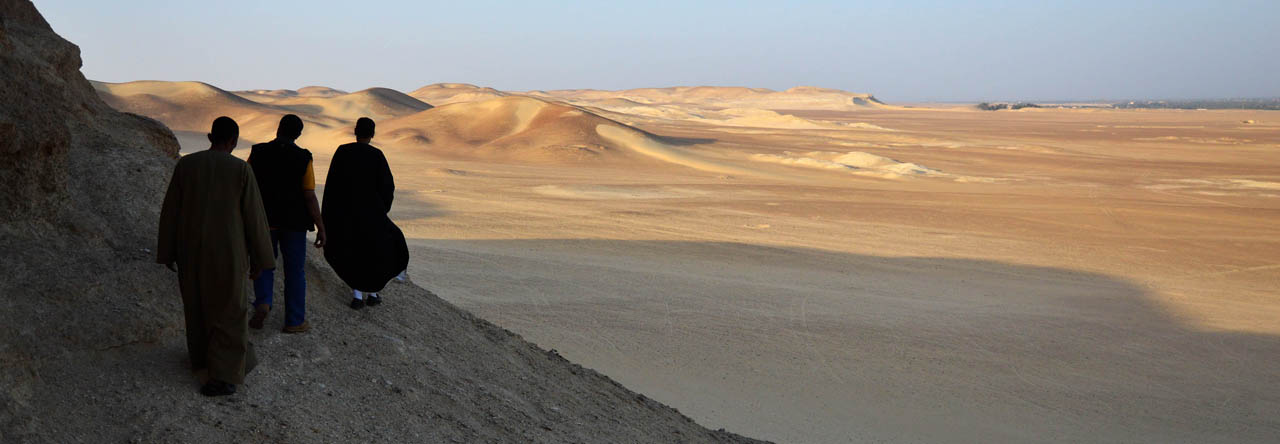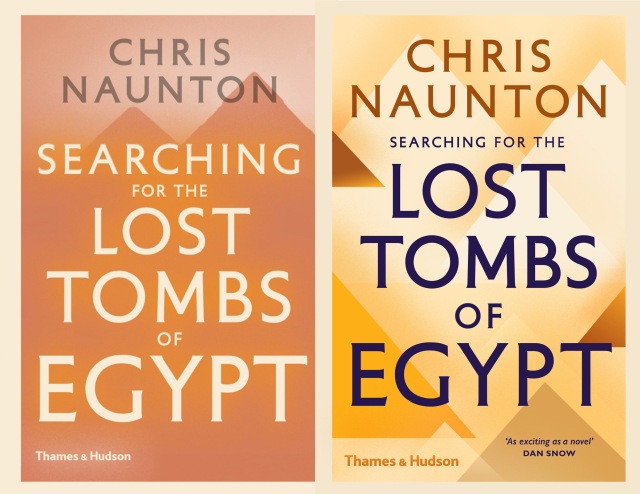A big thank you to everyone who listened in to my talk on ‘Cleopatra: Tomb, Baths & Birth-House’ in December 2020 and January 2021. It was a popular talk (as mine go..!) with over 300 people registering in total. For any of you who came along and/or have since watched the recorded version online (see below) and would like to take your interest in the subjects covered further, the following is a guide to the literature I mentioned and a few other resources online and elsewhere.
Cleopatra is perhaps one of most famous figures in the ancient world and yet little of what we know about her comes from archaeological evidence in Egypt. The story of her final days is well know and classical accounts tell us a little of her tomb and where it was, but it has never been found. She created a myth that she was Isis and her son, Horus – to help establish their legitimacy – and yet these crucially important scenes were lost over a century ago. Famously she bathed in milk and yet the ‘baths of Cleopatra’ which were a must-see for 19th Century travellers have now disappeared. What happened, and how can Egyptologists’ records help us to retrieve what has been lost?
A recording of the talk from December 2020 is currently available via YouTube and here:
As usual, my slides are now online should you wish to go over them in your own time:
Cleopatra is one of the most famous figures from ancient history and it should be no surprise therefore that a lot of full-length biographies have been written about her. I can’t claim to have read them all, but of those with which I have some familiarity I can tell you that some are better than others, and I would most strongly recommend the following:
Cleopatra: Last Queen of Egypt by Joyce Tyldesley – a very readable biography with excellent references to the Egyptian and Classical sources.
Cleopatra of Egypt: From History to Myth edited by Susan Walker and Peter Higgs – this is the catalogue of an exhibition held at the British Museum in 2001 it contains a series of excellent essays on various aspects of Cleopatra’s life and times, and a beautifully illustrated catalogue of the objects.
As usual, I created a Google map of the main sites mentioned in the talk which you can explore here.

Map of the major sites, discussed in the talk including Armant, Dendera, Taposiris Magna and various locations in Alexandria.
Birth-House
Information about the Buchis Bull stela, the text of which says that Cleopatra herself rowed the newly installed bull to Armant herself (slide no. 16), came from Joyce Tyldelsey’s above-mentioned Cleopatra: Last Queen of Egypt and also from the Egypt Exploration Society (EES)‘s excavation report, the relevant volumes of which are: Mond, R and Myers, O H, The Bucheum vols. II. The Inscriptions and III. The Plates. Click the title in each case to access the relevant volume online via archive.org. The Society has done the world the incredible service of making its incredible archive of photos taken during the excavations of 1926-38 freely available online, here. The excavator’s photo of the stela as used in the talk is this one.
The abbreviation ‘PM’ which appears on slides 17 and 19 is and Egyptological convention and refers to ‘Porter and Moss’ (sometimes also abbreviated to the ‘Top Bib’), that is Bertha Porter and Rosalind Moss, the first two editors of The Topographical Bibliography of Ancient Egyptian Hieroglyphic Texts, Statues, Reliefs and Paintings, the eight volumes of which – and now a digital database – are the closest thing there is to a ‘bible’ of ancient Egyptian archaeological sites and monuments. The published volumes, including vols. IV and V from which the images in my presentation were taken, can be downloaded for free from via the Griffith Institute, University of Oxford, here.
In more recent times, Armant has been the focus of a project of the Institut français d’archéologie orientale (IFAO), more information about which is here (French and English!).
Images of the birth-house from the Napoleonic Description de l’Égypte are to be found in the first volume of plates which is freely available here, starting with pl. 91 (which, confusingly, is image no. 98 as they are displayed on the web page!).

Description de l’Égypte (2nd Ed), Antiquités, planches vol. I, pl. 91.
I showed several other images of the exterior of the building including the following:
A reconstruction showing the architecture of the birth-house as it would have been at the time it was built, from Dieter Arnold’s brilliant overview of later architecture, Temples of the Last Pharaohs. Edward Willian Lane’s Drawings of the site which accompanied the first publication of his Description of Egypt edited by Jason Thompson. Lane is one of the scholars featured in my book Egyptologists’ Notebooks, as is Nestor l’Hote whose diaries and sketches including that of the birth-house are reproduced in Sur Le Nil Avec Champollion, and also Hector Horeau whose painting of the building can be admired for free via the website of the Griffith Institute, University of Oxford, here.
The birth-house reliefs were captured by the artists of Karl Richard Lepsius’ great expedition to Egypt and Nubia in the 1840s and were published in his Denkmaeler aus Aegypten und Aethiopien IV. All the incredible plates from these volumes have been been made freely accessible by the New York Public Library, here. The plates are arranged by the reign of the pharaoh to which they date; in this case you need to scroll down this page and look for images labelled ‘Ptol. XVI’ (for Ptolemy XVI i.e. Cleopatra’s son Caesarion); The first of the plates showing the Armant reliefs is here. Lepsius is another of those featured in Egyptologists’ Notebooks.
For further information about ‘birth-houses’ in general I recommend: Kockelmann, 2011, Mammisi (Birth House). UEE.
Baths
The section in the talk on the ‘Baths of Cleopatra’ and the mystery of what and where they were, and how they came to be lost, is really just a heavily condensed version of the blog post I wrote on the subject: The Lost ‘Baths of Cleopatra’. Links to all the images I used and indeed to just about all the sources I could find on the subject are in the blog post, particularly the appendix at the end, ‘Historical Sources for the ‘Baths of Cleopatra’’.

Luigi Mayer’s view of the ‘Interior of the Catacombs at Alexandria’ a site which came to be known as the ‘Baths of Cleopatra’. From his Views in Egypt, from the original drawings in the possession of Sir Robert Ainslie, taken during his embassy to Constantinople (London, Printed by Thomas Bensley, for R. Bowyer, 1801).
Tomb
The excepts from Plutarch describing the tomb were taken from The Life of Antony, the text from which is available via the indispensable LacusCurtius website, here.
The Channel 4 documentary ‘Cleopatra’s Lost Tomb’ (2015) from which the 3D image showing the shafts in the temple enclosure at Taposiris Magna is no longer available, but Dr Glenn Godenho’s film, ‘The Hunt for Cleopatra’s Tomb’ (2020), which featured the ‘foundation plates’, is available via My5, here.

Taposiris Magna, heading across the cemetery area towards the temple.
Lastly, I couldn’t let you go without reminding you that the subject of the search for the tomb forms the seventh and final chapter in my book, Searching for the Lost Tombs of Egypt.
I hope you enjoy the talk and that the above information is useful. If I’ve missed anything or if you have any questions please drop me a line via this page.

